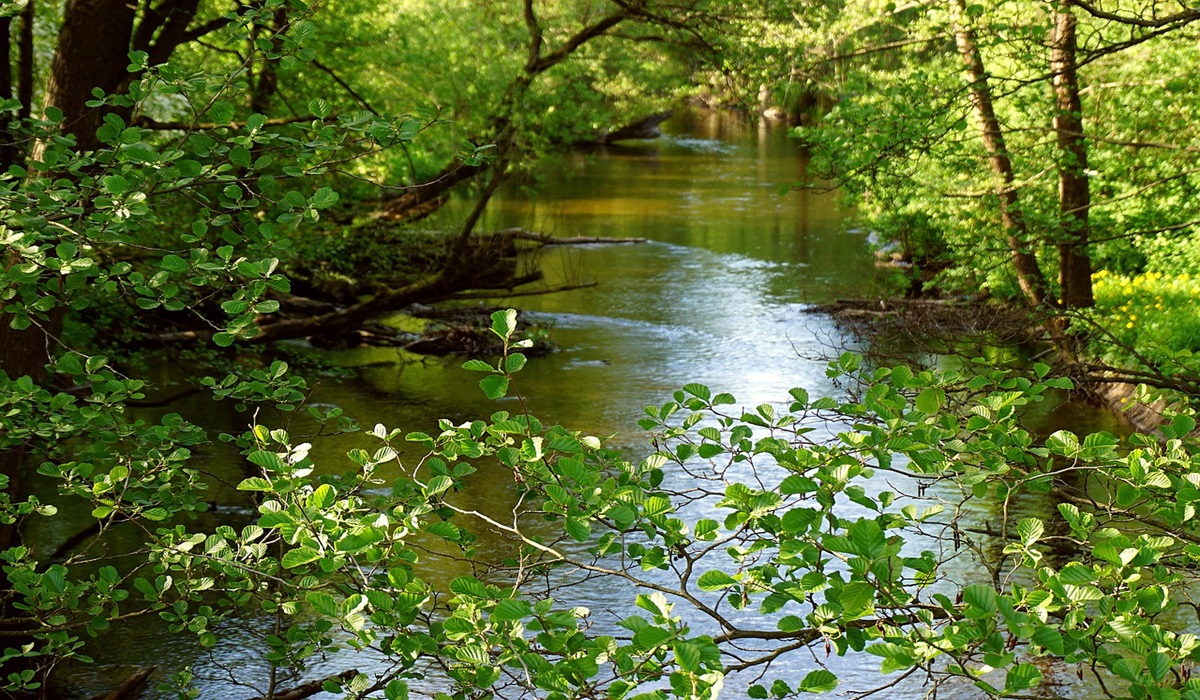What Is The Darién Gap And Why Is It So Treacherous?
- TDS News
- D.O.C Supplements - Trending News
- August 15, 2024

Image Credit, Nowaja
The treacherous stretch of dense jungle between Colombia and Panama, known as the Darién Gap, has long been infamous for its perilous terrain and lurking dangers. This approximately 100-mile section not only represents a geographical barrier but also stands as a notorious passage that has claimed countless lives and shattered the hopes of many who dare to cross it.
The name “Darién” originates from the indigenous Guna people, who originally inhabited the region. “Gap” refers to the break in the Pan-American Highway, the network of roads that spans from Alaska to Argentina. This is the only section of the highway that remains unfinished, making it a literal and figurative gap in the infrastructure connecting the Americas. Over time, the name has come to symbolize the broader dangers and challenges associated with this region.
The dangers of this region are multifaceted, combining natural hazards with human threats. The dense jungle is home to venomous snakes, jaguars, and swarms of insects carrying diseases like malaria and dengue fever. The terrain itself is unforgiving, with steep mountains, fast-flowing rivers, and thick, almost impenetrable vegetation that can easily disorient even experienced travelers.
However, nature is only part of the peril. This area is also a hotbed of criminal activity, with armed groups including drug traffickers, guerrillas, and paramilitary forces operating with impunity. Migrants attempting the crossing are often targets for robbery, kidnapping, and extortion. Women and children are particularly vulnerable, with sexual violence being alarmingly common.
For many, particularly those fleeing violence, poverty, and political instability in Colombia and other parts of South America, the crossing represents both a barrier and a gateway. Despite the risks, thousands of migrants embark on this perilous journey each year, hoping to reach North America in search of a better life. This trek is often a last resort when all other options have been exhausted.
Migrants face harrowing conditions during the crossing, often traveling in large groups for safety, though this does little to mitigate the dangers. Many fall ill or become injured, and with no medical help available, even minor issues can quickly become life-threatening. Those who survive often arrive in Panama traumatized, having witnessed death and suffering along the way.
The journey is not only physically exhausting but also emotionally devastating. The psychological toll, combined with the uncertainty of what lies ahead, leaves many migrants in a state of despair. Yet, despite the dangers, the flow of people shows no sign of slowing down.
The region’s notoriety is well-earned, and for many, it remains an insurmountable obstacle. The combination of natural hazards and human threats makes it one of the most dangerous migration routes in the world. International organizations and governments have warned migrants of the dangers, but desperate circumstances often outweigh these warnings.
The area’s inaccessibility also makes it difficult for authorities to provide assistance or enforce laws. The lack of infrastructure means that rescue operations are nearly impossible, and those who enter do so at their own risk. The region’s lethal mix of environmental dangers and human predation has made it one of the most hazardous and unforgiving places on earth—a place where hope and desperation collide, often with tragic results.
In the end, this stretch of jungle is more than just a physical barrier; it is a symbol of the desperation that drives people to risk everything for the chance at a better life. It is a testament to the human spirit’s resilience but also a sobering reminder of the lengths to which people will go to escape dire circumstances. The perilous passage will likely continue to be a dangerous and deadly route for years to come, as long as the conditions that drive people to cross it remain unchanged.








